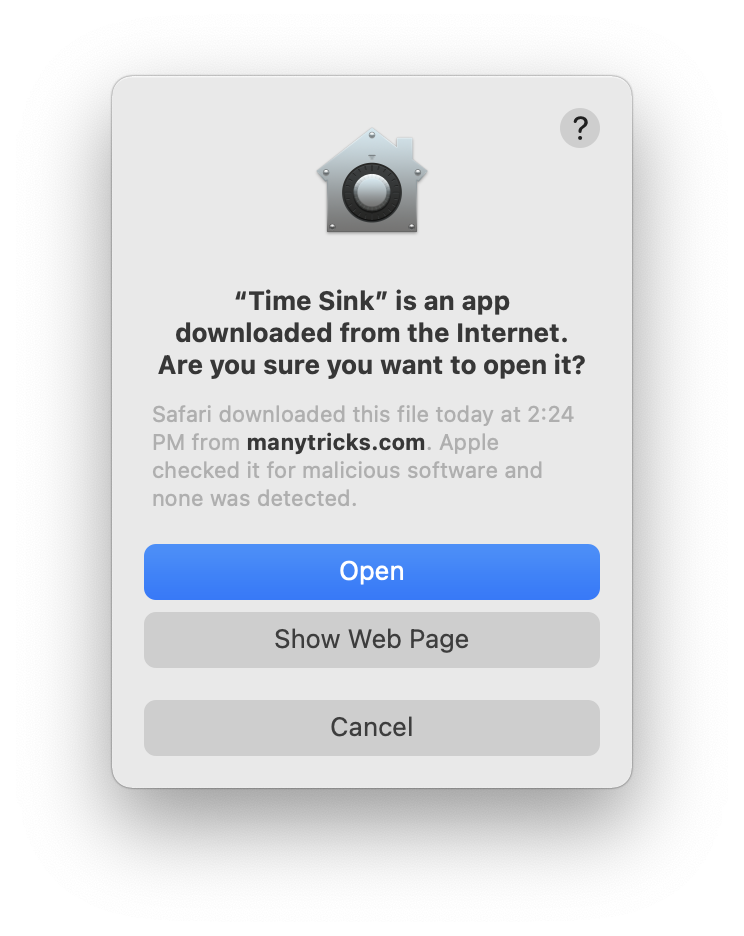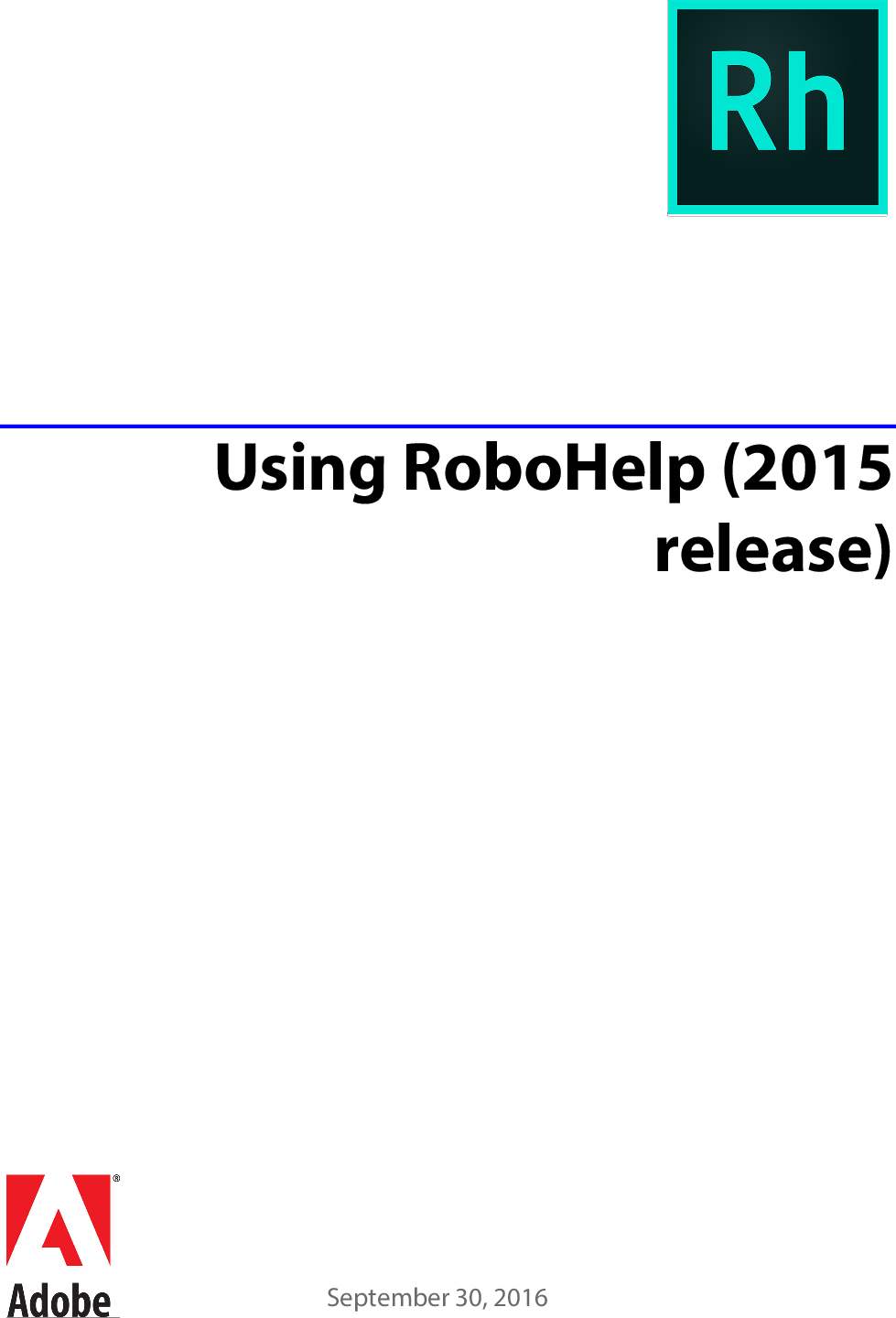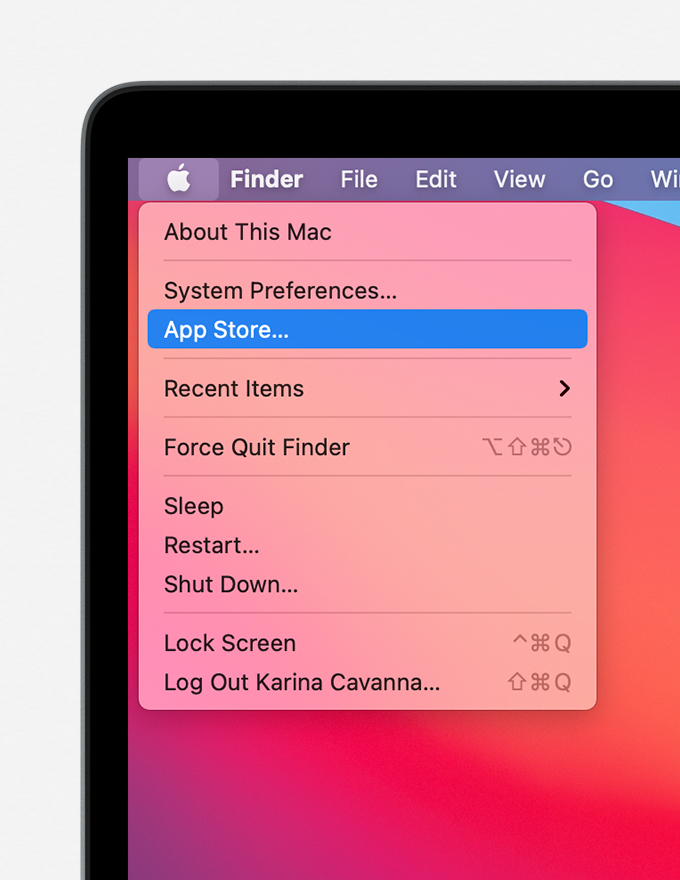- How To Access Downloads On Macbook Pro
- How To Access Downloads On Macbook Air
- How To Download Access On Mac For Free
To download Ms Access on Mac Operating systems, First thing is to install windows 10 on your systems by using virtual box. Because the Ms Access runs on wind. Mar 14, 2021 A common problem new Mac users have is a cluttered Downloads folder. This guide to the Mac Downloads Folder explains how to access and manage your downloaded files. If you’ve downloaded files to your iPhone or iPad, accessing them might be confusing compared to a Mac or PC. There’s a special folder where iOS and iPadOS store downloads, and you can find it via the Files app. First, locate the Files app on your iPhone or iPad. The quickest way to do this is with Spotlight Search. Swipe one finger.
The scenario is straightforward: You receive a message with an attachment in Mail and double-click the attached file to open it in the appropriate app. But what happens next is anything but straightforward: file attachments are stored in a hard-to-find folder; they are sometimes downloaded more than once; and different apps treat these opened files in very different ways.
Where is /Mail Downloads?
SanDisk SecureAccess v3.02 is a fast, simple way to store and protect critical and sensitive files on SanDisk USB flash drives. Access to your private vault is protected by a personal password, and your files are automatically encrypted - so even if you share your SanDisk® USB flash drive or it becomes lost or stolen, access to your files are safe.
When you open a Mail attachment with a double-click, it opens in its parent app, just as you’d expect. But it’s also automatically (and secretly) downloaded into the aptly named Mail Downloads folder.
The folder’s name is the only thing that’s obvious about it: it’s deeply buried in a series of folders, one of which is invisible. To view its contents, choose Go > Go to Folder in the Finder, type (or copy and paste from here) ~/Library/Containers/com.apple.mail/Data/Library/Mail Downloads, and click Go.
You should visit this folder sometime if only because it probably has at least a gigabyte of detritus, much of which you could probably trash. You’ll likely find hundreds of folders (my husband’s Mac had 1800 of them) with alphanumeric names, each holding a downloaded attachment. That seemingly inefficient setup is necessary in order to avoid having identically named attachments saved to the same folder.
Prior to OS 10.9 Mavericks, this folder was located at ~/Library/Mail Downloads. If you upgraded from an earlier system, that folder may still be around. If so, you should check it for leftovers; although its contents should have been automatically migrated to the new folder, I recently found I still had items sitting in mine. You won’t find enclosing folders in that older folder; in previous operating systems, identically named downloads had numbers appended to their names in order to differentiate them.

What goes in Mail Downloads?
An attachment is automatically saved to the Mail Downloads folder whenever you:
Open the file with a double-click or with the Open Attachment command in its contextual menu.
Control-click a file and use any contextual menu command. If you Control-click but then change your mind and just let the menu close—too late! A copy is stored the moment you open the menu.
Use Quick Look to view it.
An additional copy of the attachment goes to Mail Downloads every time you repeat any of the above actions after having “left” and then “returned to” the message window. This includes when you: close and reopen the message window; look at a different message in the Viewer window and come back to the one with the attachment; and quit and re-launch Mail.
An attachment doesn’t go to Mail Downloads when you save it, which you can do with File > Save Attachments or by using the pop-up menu accessible from the gray header/message divider line when you hover anywhere in the message header. In those cases, it’s saved wherever you put it.
What happens when you edit an attachment?
When you open an attachment directly from a Mail message into its parent app, your edits sometimes seem to be saved and sometimes not. Why is that? And why do those edits sometimes seem to alter the original attachment? It all depends on the attachment’s default app.
Let’s say, for example, that you double-click an attachment that by default opens in a Microsoft or Adobe app. That attachment is then saved to the Mail Downloads folder (as explained above) and opened in its associated app. If you edit the document and use the Save command (not Save As), the edited version replaces the original file in the Mail Downloads folder. If you use the Open Recent command in the app later, it opens that altered copy.
But say you want to go back and check something in the original attached file. In Mail, you double-click the attachment again or take a Quick Look peek, reasonably assuming that you’ll get the unedited original. Sometimes you will and sometimes you won’t. Sometimes?
If you haven’t closed the message with the attached file and try to view the “original” attachment, Mail will show you the copy that’s stored in Mail Downloads—the one you edited. But if you do close the message, then reopen it and double-click the attachment, you will see the original version. That’s because Mail saves a fresh copy of the attachment to Mail downloads when you reopen the message, and that’s the file that opens.

To avoid this mess, the best way to open an attachment in one of these non-Apple programs is to first explicitly save it from Mail into an appropriate folder with File > Save Attachments or by using the Attachments pop-up menu on the header divider. Then you can open and edit that copy of the file in the app.
Apple apps such as Pages, Numbers, TextEdit, and Preview—as well as Nisus Writer Pro (kudos!)—treat attachments differently. When you double-click a file attachment belonging to one of those apps, its title bar changes to Untitled (OriginalName copy). In other words, it’s treated as a new document, so you can’t inadvertently save over the original version in Mail Downloads. As a result, if you view or reopen the original from within Mail, you always see the original version.
Jan 09, 2020 Microsoft Office 2016 for Mac is also available as part of the Office 365 for Mac subscription services, which use a software as a service model and are intended for home and business users alike. Office 365 Home: Includes Word, Excel, PowerPoint, OneNote, Outlook plus online storage and more for up to 5 users.
Software developers, data architects and power users have expressed a need to run Microsoft Access on their Mac without partitioning their hard drives or restarting.
- How to easily, efficiently and with no re-coding run Microsoft Access on a MAC. The picture opposite was reproduced from Microsoft’s pricing page for Office 365. The point to highlight is the text below the Access icon saying: “PC Only”. Microsoft don’t do a version of Access for Mac.
- Download Opera Mini For Mac Os X 10.6 8 Microsoft Office Access 2008 For Mac Free Download Download Keynote 3.0 1 For Mac Free Corel Paint Shop For Mac Free Download Bluetooth Remote App For Mac Best Mac App For Book Writers Download Driver Printer Epson L805 For Mac Kid Pix Deluxe 4 Download For Mac.
- Microsoft access for mac free download - Microsoft Virtual PC for Mac 7.0.3 Update, Parallels Desktop for Mac, Microsoft Virtual PC for Mac Update, and many more programs.
- Here is a video explaining how you can get a free cloud server with amazon and install office on it for free. Then you can remotely access it with your mac.

Firstly, if you fall into this category, Parallels Desktop for Mac can assist you with developing application software without reformatting or rebooting your machine. As seen below:
Access 2016 in Win10 in Parallels Desktop
Secondly, users can create tables, queries, forms, and reports that connect their projects together with macros. Even more advanced users utilize Visual Basic for apps to write advanced data manipulation and user control solutions.
Here at Parallels, we’re excited whenever our customers share with us the incredible projects they produce and how Parallels Desktop has helped them get work done faster!
Check out how some of our users are using virtualization for Microsoft Access:
Nintendo ds lite serial number sticker. Juan Becker of New York – “I was given a Mac when coming onto the team at a new job and as a life-long Microsoft guy I was missing the most important application for my position: Microsoft Access. I needed it and that was the issue but had no idea how to get it on my Mac or if it would even work.
I found Parallels as a solution for running Microsoft Access through the Parallels forums and saw other users had success. There are specific macros such as ActiveX data objects that work within MS Access that I need for my position and Parallels was and is so easy to use, which makes me a user for life. I additionally ended up buying Parallels Access for remotely connecting to my Mac or Windows through my tablet and phone, which allows me to travel for work without my laptop.
That, along with all of the other options and tools that Parallels offers, was a no-brainer, and like I said before, I was instantly sold and will remain a user for life!”
How To Download Microsoft Access On Mac
Jason Cooper of Indiana – “I am running a fairly large Microsoft Access database (roughly 60 MB), and as a longtime Boot Camp user, I quickly found myself needing to avoid restarting my machine every time I wanted to switch operating systems in order to speed up my work productivity.
The reputation of Parallels Desktop is what sold me three years ago. The first time I ran one of my queries through Parallels, it processed very quickly, in around five seconds.
I’m the lead webmaster and director of information security for my company, so finding a solution for Microsoft Access was a necessity. Additionally, I plan to do multi-platform software testing for work and found that Microsoft Access runs through Parallels exactly as if I were running it on a PC.”
Nevertheless, Parallels Desktop is an easy and cost-effective solution to run Microsoft Access on your Mac. It provides our customers and their employees with the right tools, which effectively allows our customers to be more productive in a virtual world. Try running Windows programs on your Mac without restarting for 14 days here FREE: Try Now!
Need Microsoft Windows operating system to get started with Microsoft Access? Buy directly below:
How to easily, efficiently and with no re-coding run Microsoft Access on a MAC
The picture opposite was reproduced from Microsoft’s pricing page for Office 365. The point to highlight is the text below the Access icon saying: “PC Only”. Microsoft don’t do a version of Access for Mac or iPad or even Android tablets.
Chances are if you’ve developed an Access database application then you have a Windows PC anyway, so what’s the issue?
Well, what if you need to share your Access application with colleagues, and what if those colleagues are using a Mac or other non-Windows device? What if your boss wants to check something from his iPad at home?
Download driver hp officejet 4500 wireless mac. The answer actually solves two problems. The best way to share an Access database application with Mac users is also one of the best ways of sharing an Access database application full stop. The solution is to use a hosted remote desktop service.
How To Access Downloads On Macbook Pro
Access on a remote desktop
Microsoft have developed a Remote Desktop Client for Mac, iOS and Android, as well as Windows. This means that if you run your Access database from a Hosted Desktop it can be used by users of any device just as easily as those running Windows.
How To Access Downloads On Macbook Air
What is a hosted remote desktop service?
Remote Desktop Services, previously called Terminal Services is a technology that enables applications to be run on the remote desktop server instead of the user’s PC (or Mac). Lots of users can log on to the remote desktop server and run the same applications simultaneously. The system was designed mainly to help organisations with remote sites that needed to run applications where the data, documents or databases are at a central location. It’s a bit like having really long keyboard, mouse and monitor cables.
With the recent improvements in internet speed as well as other technologies such as server virtualisation it is now easy to host the Access database with a service provider rather than pay to build and maintain the technology yourself.
Benefits to a hosted remote desktop service
Beyond the ability to run Access on a Mac or iPad, hosting it gives you a number of other benefits:
- The remote desktop service is supported and maintained by the provider
- Your data is backed up
- You can run your Access database from anywhere in the world where there is an Internet Connection
- Users running Access on a Mac will get the same experience as users running it on their PC
- There are no code changes required as Access is, in reality, running on a Windows machine
- You can use the Access Runtime environment so no Access licence costs
- Flexibility to increase or decrease user numbers
- Scalability to increase user numbers to the maximum supported by Access

Contact us to get your Access database hosted in the cloud
How To Download Microsoft Access On Macbook
You can see that running your Access database on an iPad or Mac or easy and effective using hosted remote desktop services. To find out more about how to get your Access database in the cloud to run on a Mac contact one of Your Office Anywhere’s technical sales consultants who can discuss your individual requirements and provide you with a demonstration. Call today on 01282 500318 or complete the form at our contact page.
Contact us here for a fast response
Office
Ms Access For Mac Os
Your Office Anywhere, 4 Dominion Court, Billington Road, Burnley, BB11 5UB